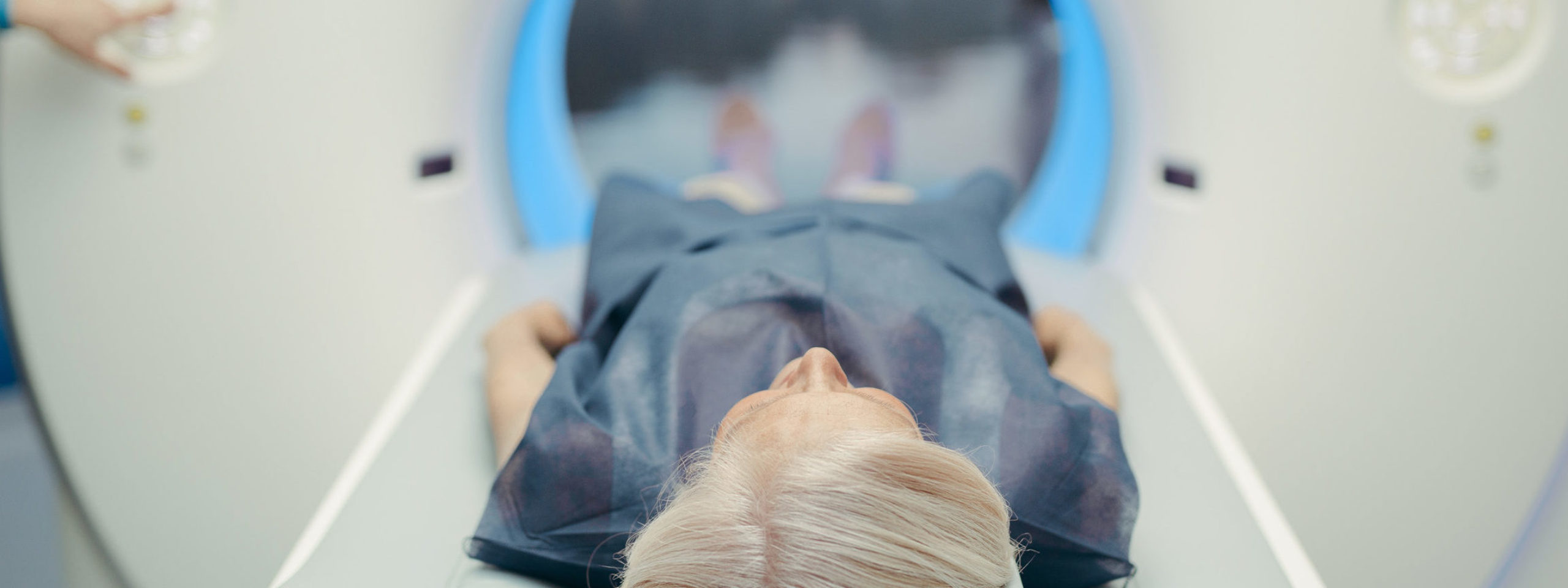
Deep Learning Model May Predict Lung Cancer Risk from a Single CT Scan
Deep learning models are increasingly being used in medical imaging to improve accuracy in the diagnosis of various diseases. One such area where it have shown potential is in predicting lung cancer risk from a single CT scan.
Lung cancer is the leading cause of cancer-related deaths worldwide, with over 1.8 million deaths occurring annually. Early detection of lung cancer is critical for improving the prognosis and survival of patients. CT scans have been widely used as a screening tool for lung cancer, but the interpretation of the images can be subjective and prone to error.
Deep learning models can help address these limitations by automating the analysis of CT scans and providing a more objective and accurate assessment of lung cancer risk. A deep learning model is trained using large amounts of data, such as CT scans and corresponding patient outcomes, to learn the patterns and features associated with lung cancer.
Once trained, the deep learning model can then be applied to new CT scans to predict the risk of lung cancer. The model can also identify specific regions of the lung that are associated with an increased risk of cancer, allowing physicians to focus their attention on those areas.
One study that used a deep learning model to predict lung cancer risk from a single CT scan found that the model was able to achieve high levels of accuracy, outperforming traditional methods such as radiologists' assessments. The deep learning model was able to identify lung nodules, which are small growths on the lung that can be an early sign of cancer, with high sensitivity and specificity.
Another advantage of using deep learning models for lung cancer risk prediction is that they can be integrated into clinical workflows to support decision-making. The models can provide a quantitative assessment of lung cancer risk that can be used in conjunction with other clinical information, such as patient history and smoking status, to inform the choice of further diagnostic tests and treatment options.
However, there are some challenges and limitations to using deep learning models for lung cancer risk prediction. One challenge is the need for large amounts of high-quality training data to ensure that the models are accurate and reliable. This can be difficult to obtain, especially in low- and middle-income countries where access to medical imaging and patient outcomes data may be limited.
Another challenge is the need for careful validation of the deep learning models to ensure that they are safe and effective for use in clinical practice. This involves testing the models on a large and diverse dataset of patients, to ensure that they are accurate across a wide range of patient populations and clinical scenarios.
Conclusion
Deep learning models have shown promise in predicting lung cancer risk from a single CT scan. These models can provide a more objective and accurate assessment of lung cancer risk, and can be integrated into clinical workflows to support decision-making. However, further research and validation are needed to fully realize the potential of deep learning in the early detection of lung cancer.
Visit DocMode for Courses and lectures



